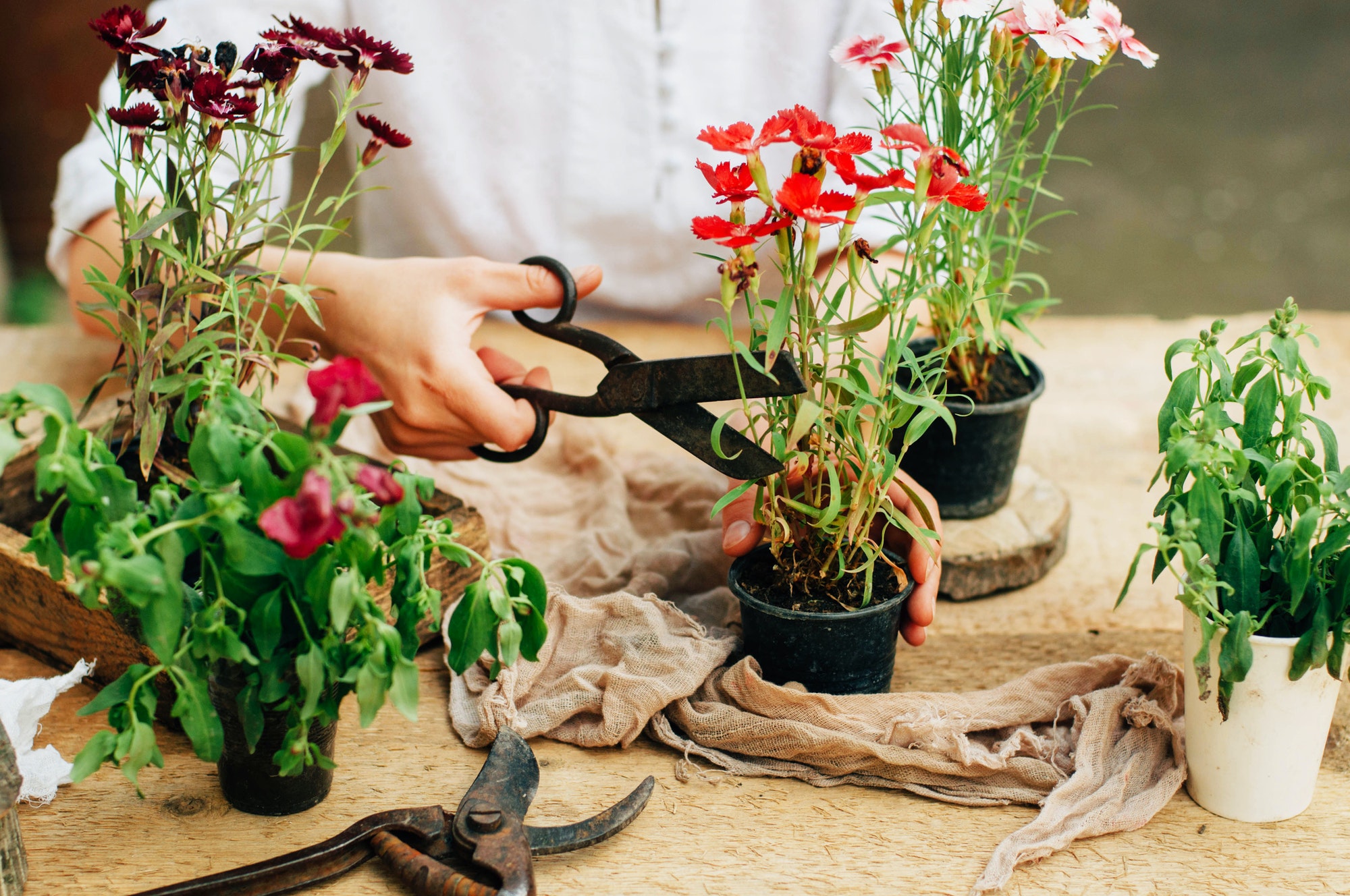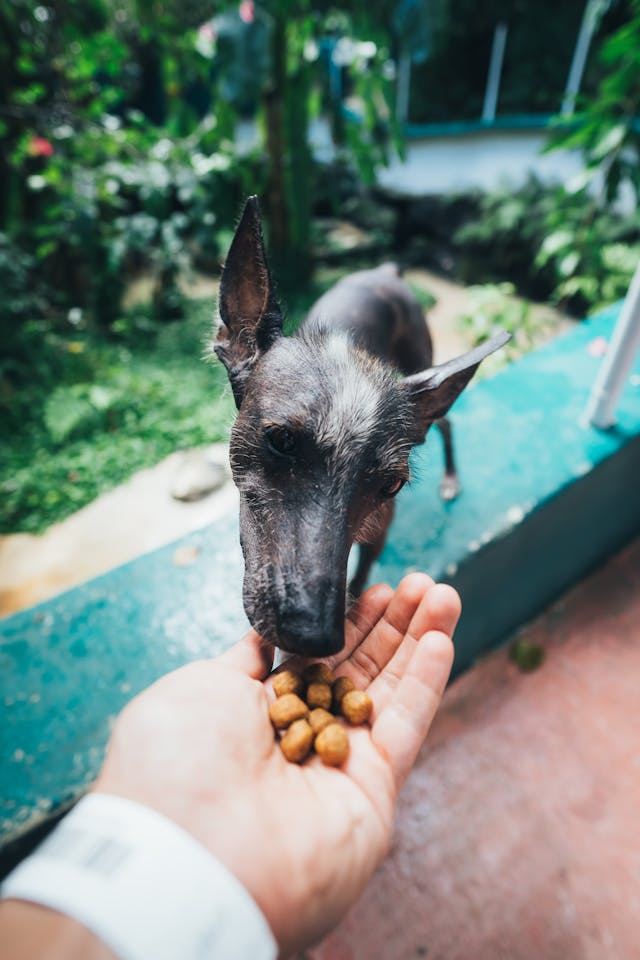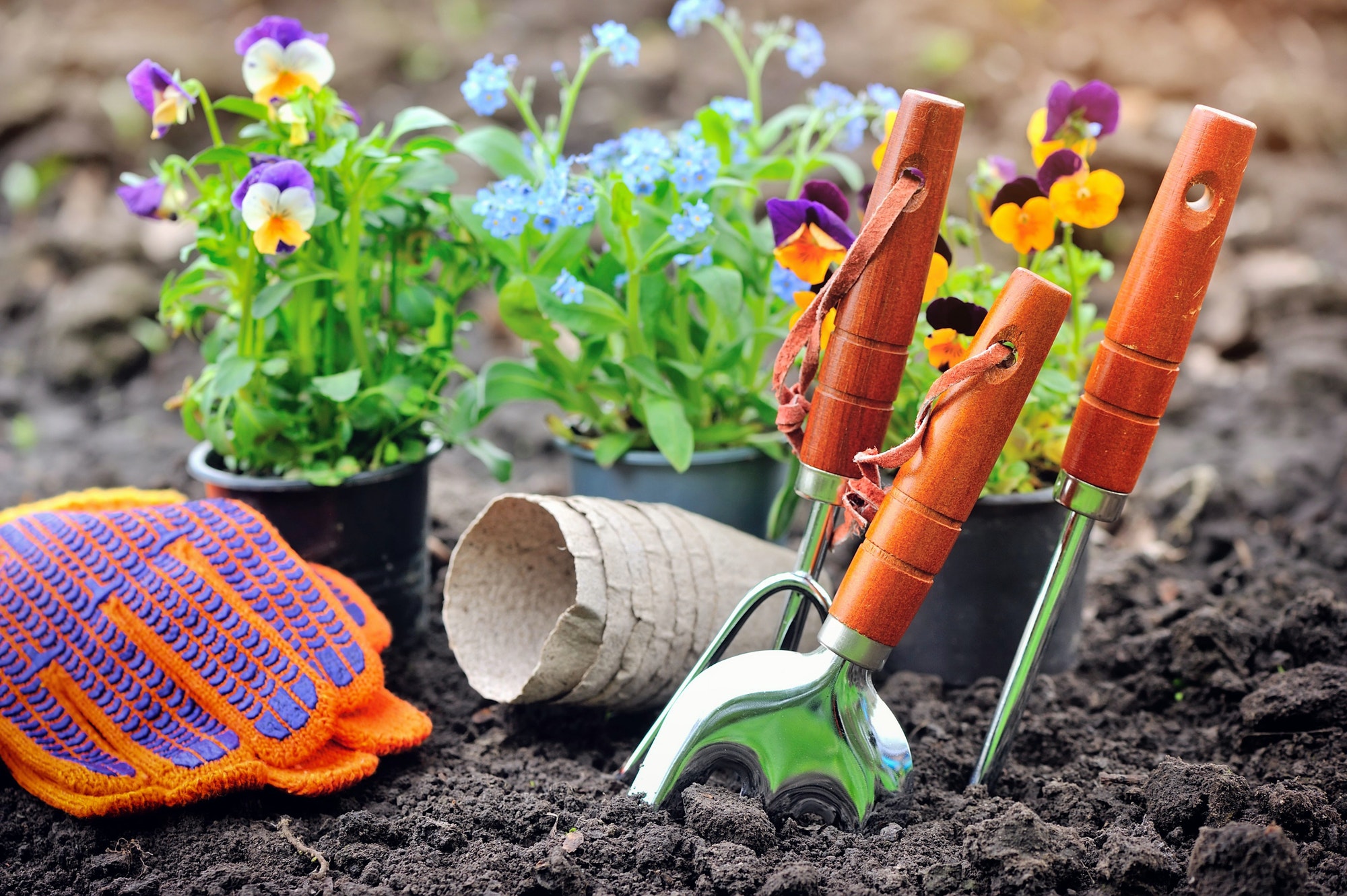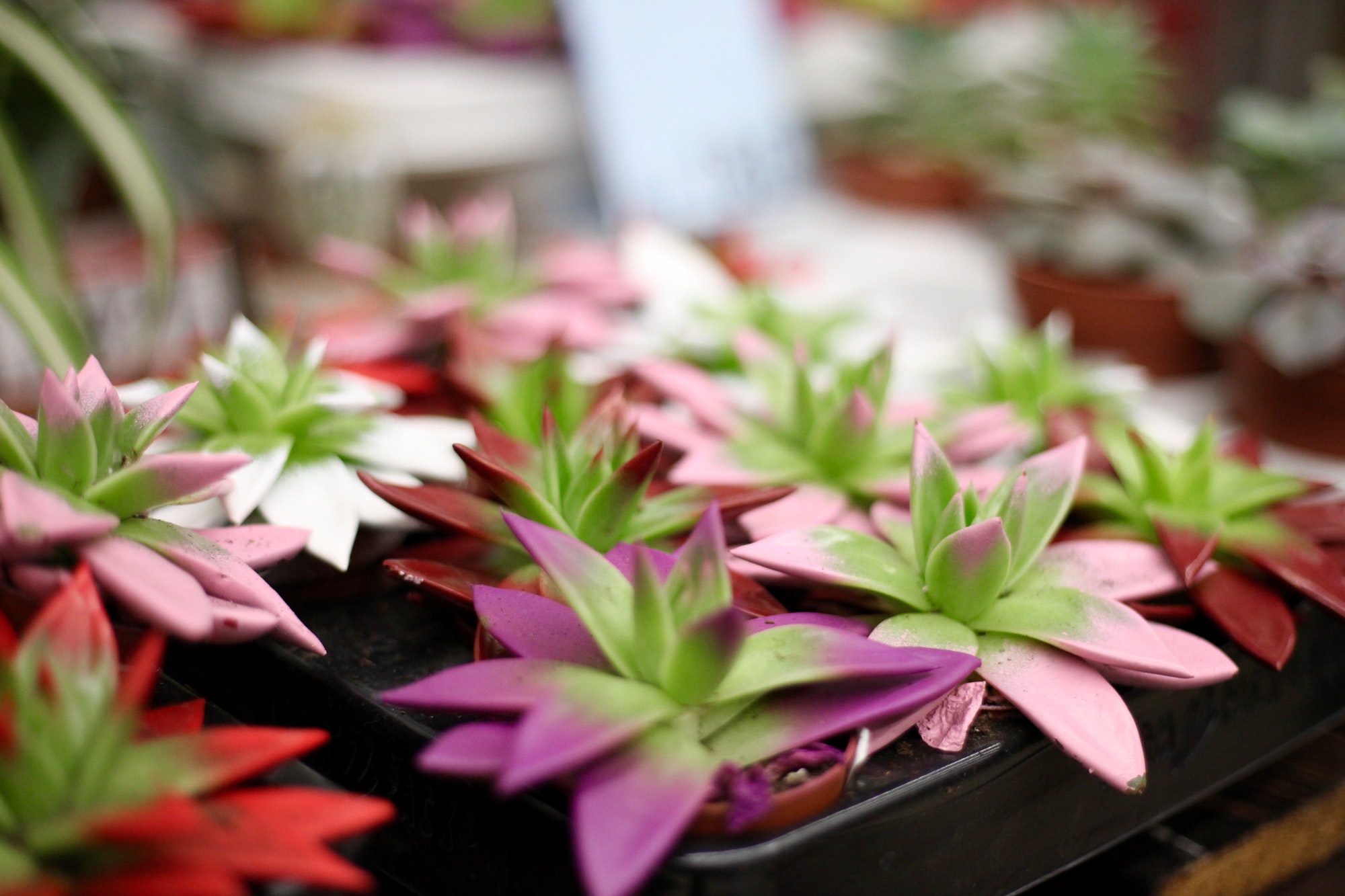Garden Centre Ardcarne and Garden Centre Boyle: The Ultimate Gardening Destinations in Roscommon
When it comes to finding the perfect plants, gardening supplies, and expert advice, Garden Centre Ardcarne and Garden Centre Boyle in County Roscommon stand out as two of the best destinations for gardening enthusiasts. Both offer a range of high-quality products and services to suit gardeners of all skill levels. Whether you’re looking to redesign your garden, start a new planting project, or find unique outdoor décor, these two centres have everything you need. Here’s a closer look at what makes each of these garden centres special.
Garden Centre Ardcarne: A Premier Gardening Hub
Located near Roscommon town, Ardcarne Garden Centre is a well-established and expansive destination for all things gardening. Known for its excellent customer service and vast range of products, Ardcarne has built a strong reputation as one of the best garden centres in the region.
Extensive Selection of Plants and Trees
Ardcarne is famous for its wide variety of plants, including beautiful flowers, trees, shrubs, and perennials. Whether you’re looking for plants that will brighten your garden with vibrant colors or hardy shrubs that will thrive in the Irish climate, Ardcarne offers an extensive range that suits any gardening style. They also stock a variety of seasonal plants to ensure your garden stays colorful year-round.
Sustainability Focus
Ardcarne Garden Centre prides itself on its commitment to sustainability. The centre offers eco-friendly products such as peat-free composts, organic fertilizers, and natural pest control options. For those interested in environmentally-conscious gardening, Ardcarne is the go-to destination for sustainable gardening products.
Garden Furniture and Décor
Beyond plants, Ardcarne is also well-known for its range of outdoor furniture and décor. Whether you’re looking to add stylish seating, decorative planters, or lighting to your garden, you’ll find high-quality pieces that can transform any outdoor space. From modern outdoor tables to classic garden ornaments, the centre has everything you need to create a beautiful and functional garden.
Expert Advice and Workshops
Ardcarne’s knowledgeable staff is always on hand to provide advice on plant care, garden design, and plant selection. Additionally, the centre offers workshops and events throughout the year, giving gardeners of all levels the chance to expand their skills and learn new techniques. Whether you’re a seasoned gardener or a beginner, you’ll find expert support at Ardcarne.
Garden Centre Boyle: Personalized Service and Quality Products
Located in the heart of Boyle, Boyle Garden Centre is another fantastic destination for gardening enthusiasts. Though it is smaller than Ardcarne, it offers a more intimate and personalized shopping experience.
Curated Selection of Plants
Boyle Garden Centre may be smaller, but it still offers a high-quality selection of plants, including seasonal flowers, shrubs, and trees. The team at Boyle is particularly known for handpicking plants to ensure they are in optimal condition. This smaller-scale, curated approach makes Boyle a great destination for gardeners who want to explore a carefully chosen range of plants that are sure to thrive in local conditions.
Personalized Customer Service
What truly sets Boyle Garden Centre apart is its focus on personalized customer service. The staff at Boyle takes the time to understand each customer’s specific needs, whether they are looking for plants, tools, or garden accessories. This one-on-one approach means that you can expect tailored advice and recommendations that suit your garden and personal preferences.
Gift Ideas and Seasonal Products
In addition to plants, Boyle Garden Centre offers a variety of gifts for garden lovers, such as gardening tools, decorative pots, and other unique items. With a focus on seasonal gardening products, you can also find everything you need to plant for the changing seasons. It’s the perfect spot to pick up a thoughtful gift for a fellow gardening enthusiast or simply refresh your own garden tools.
Relaxed Atmosphere
Boyle Garden Centre is known for its relaxed, friendly atmosphere. Unlike larger garden centres, the smaller size allows for a more intimate shopping experience where you can take your time and get expert advice without feeling rushed. This makes Boyle a wonderful place to spend a few hours, exploring the variety of plants and gardening products at your own pace.
Ardcarne vs Boyle: Which Garden Centre Is Right for You?
Both Garden Centre Ardcarne and Garden Centre Boyle offer high-quality products and expert advice, but they cater to different needs and preferences.
- Size and Range: Ardcarne is larger and offers a broader selection of plants, garden furniture, and accessories. If you’re looking for a wider variety of products and a one-stop shop for all your gardening needs, Ardcarne is a great choice. On the other hand, Boyle’s curated selection of plants may appeal to those who prefer a more personalized, tailored shopping experience.
- Personalized Service: If you value personalized service and detailed advice, Boyle Garden Centre is the place for you. The team at Boyle takes the time to get to know your specific needs and can offer more individualized guidance. Ardcarne is also great for customer service, but its larger size means it may not offer the same level of one-on-one attention.
- Sustainability: Ardcarne has a stronger focus on sustainable gardening practices, offering a range of eco-friendly products. If sustainability is important to you, Ardcarne may be a better option.
- Garden Décor and Furniture: For those looking to create a stylish outdoor living space with garden furniture, lighting, and décor, Ardcarne Garden Centre is the go-to destination with its extensive collection.
Conclusion: A Perfect Garden Awaits
Whether you choose Garden Centre Ardcarne or Garden Centre Boyle, both offer a wealth of options to help you achieve the garden of your dreams. Ardcarne is ideal for gardeners who want a wide selection of plants, sustainable products, and outdoor furniture, while Boyle offers a more intimate, personalized experience with a carefully selected range of plants and gardening essentials.
No matter which centre you visit, you’ll find expert advice, high-quality plants, and a warm, welcoming atmosphere to make your gardening journey a success. Happy gardening!






